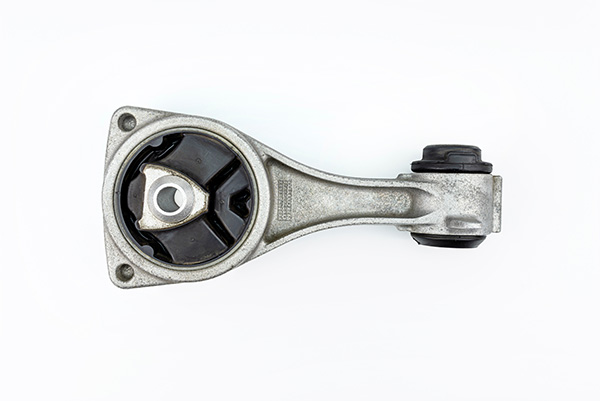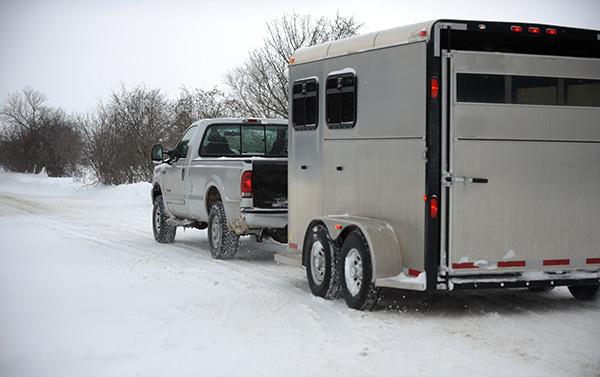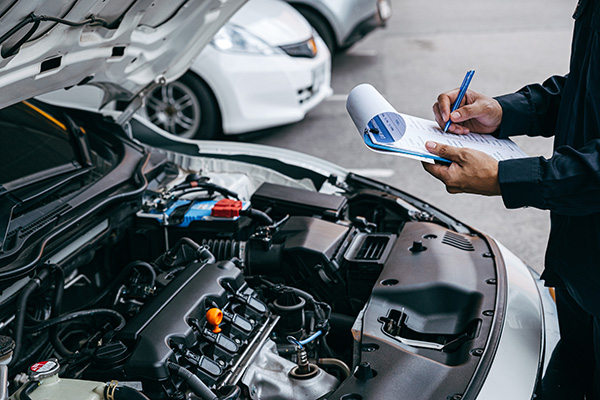Posted on 3/28/2025

If your car shakes more than usual, makes clunking sounds during shifts, or feels off when accelerating, don’t ignore it—these can be signs your engine or transmission mounts are wearing out. These mounts don’t just hold everything in place; they absorb vibration, reduce noise, and help keep the engine and transmission aligned with the frame. When one starts to fail, it doesn’t take long before the rest of the vehicle starts to feel it. Mount failures won’t leave you stranded right away, but they can cause extra stress on your drivetrain and lead to more expensive issues if you don’t address them on time. What Engine and Transmission Mounts Do Your engine and transmission are mounted to your vehicle’s frame with a combination of rubber and metal brackets. These mounts are designed to secure heavy components while absorbing the constant movement and vibration from the engine and road. Rubber helps dampen vibration, while the ... read more
Posted on 2/28/2025

Feeling vibrations while driving, especially at high speeds, isn’t just annoying—it’s often a sign of an underlying issue. A well-maintained car should drive steadily, so if shaking starts suddenly or worsens over time, it’s worth investigating. Ignoring the problem could lead to further damage and expensive repairs. What’s causing the vibrations, and how can you fix them before they get worse? Common Causes of Car Vibrations at High Speeds1. Wheel and Tire Issues One of the most common reasons for vibrations at high speeds is unbalanced or misaligned wheels. Over time, normal driving causes tires to wear unevenly, which can throw off the balance and lead to shaking. If the vibration increases as speed rises, it’s a strong indication that your wheels need balancing or alignment. Tire problems such as uneven tread wear, low air pressure, or internal tire damage can also cause vibrations. A bulging or worn-out tire ... read more
Posted on 1/31/2025

Taking your pet along on a long drive can be an enjoyable experience, but it also comes with challenges. Just like humans, pets need a comfortable and safe environment to travel in, and failing to prepare properly can lead to stress, discomfort, or even safety risks. Whether you're heading on a road trip or relocating, knowing how to keep your pet at ease can make the journey enjoyable for both of you. Preparing Your Car for a Pet-Friendly Trip Before hitting the road, make sure your vehicle is set up for a pet-friendly experience. Start by designating a space in the car for your pet, preferably in the back seat or cargo area. Use a pet seatbelt, carrier, or barrier to prevent them from roaming around the car. Unrestrained pets can be a major distraction and increase the risk of injury if you have to brake suddenly. Consider adding a seat cover or blanket to protect your car’s upholstery from fur, dirt, or accidents. If your pet is prone to motion sickness ... read more
Posted on 12/21/2024

Whether you’re hauling a trailer for work or play, towing can put significant demands on your pickup truck. Preparing your vehicle beforehand is necessary to ensure safety, efficiency, and peace of mind on the road. If you’re gearing up for trailer towing, there are several steps you can take to make sure your truck is up for the challenge. Check Your Truck’s Towing Capacity Not all trucks are created equal when it comes to towing. The first thing to do is check your vehicle’s towing capacity, which can usually be found in your owner’s manual or the manufacturer’s website. This figure tells you the maximum weight your truck can safely tow. Exceeding this limit isn’t just bad for your truck—it’s dangerous. It can lead to overheating, brake failure, or even structural damage. Always factor in the weight of the trailer and its contents when calculating the total load. Inspect Your Hitch and Towing Equipment ... read more
Posted on 11/29/2024

When it comes to choosing a car, many people assume that smaller engines are the go-to option for better fuel efficiency. It makes sense at first glance—less engine capacity should mean less fuel consumption, right? While this might be true in some cases, it’s far from a universal rule. The reality is that small car engines often aren’t as efficient as they’re made out to be, especially when placed under real-world driving conditions. The Basics of Engine Efficiency At its core, engine efficiency depends on how much power is required to move the car versus how much fuel the engine burns to generate that power. Smaller engines are designed to use less fuel under light loads, like cruising on a highway at a steady speed or driving in mild conditions. This is where they shine, as they deliver power efficiently without consuming a lot of gas. However, once a small engine is tasked with heavier demands—like climbing hills, carrying a full lo ... read more